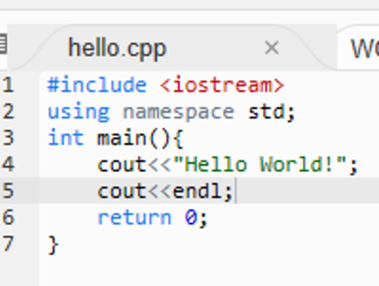--Originally published at Programming in C++
This was the second quiz of the partial. For this we had to use functions, arrays, and vector.
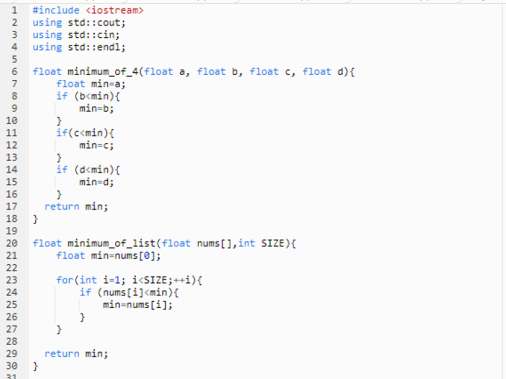 We had 2 vectors with 4 numbers with decimals, and a vector of size 8 and also with decimals. The first functions is for the vectors, and it is simply dine with several ifs. The second one is for the arrays and for this i used a for.
We had 2 vectors with 4 numbers with decimals, and a vector of size 8 and also with decimals. The first functions is for the vectors, and it is simply dine with several ifs. The second one is for the arrays and for this i used a for.
Note: in both cases I assumed the first number given was the smallest one and then compare that one with the rest of the numbers in the vectors or array.
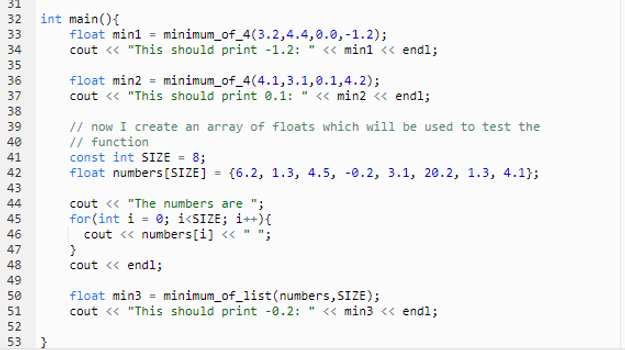



 Here we have our array and its size. The size of the array is put between “[ ]”. Then there is a for for inserting the values. When talking about arrays we have to remember that it does not start counting in 1, it starts with 0, so that’s why our i starts there.
Here we have our array and its size. The size of the array is put between “[ ]”. Then there is a for for inserting the values. When talking about arrays we have to remember that it does not start counting in 1, it starts with 0, so that’s why our i starts there.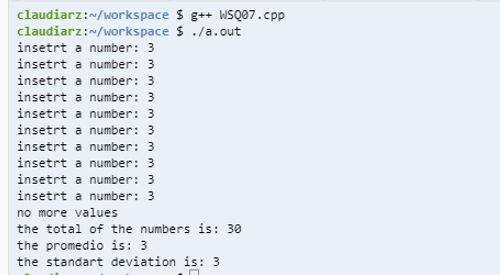


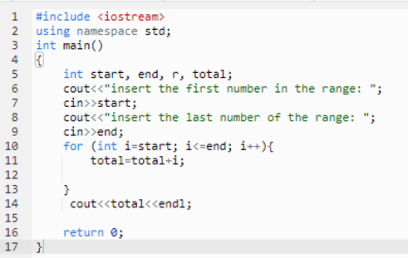

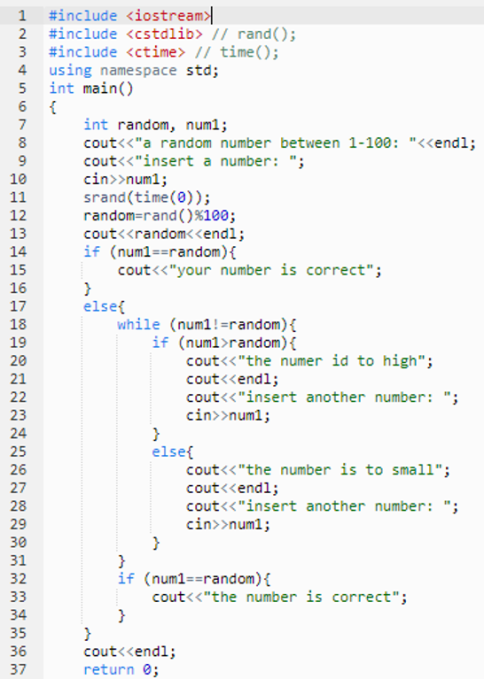

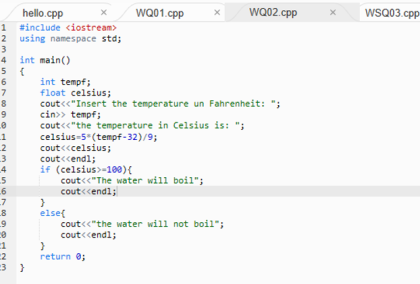 he program uses the formula c=5*(F-32)/ that is just to convert farenheit to celsius
he program uses the formula c=5*(F-32)/ that is just to convert farenheit to celsius
